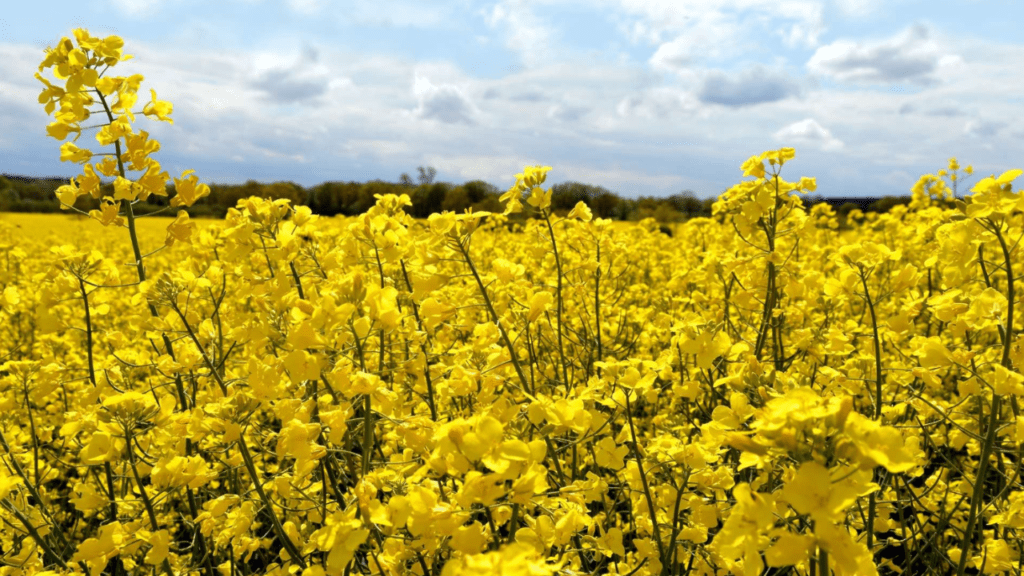
Understanding the Crop with Yellow Flowers: Benefits and Uses
If you’re looking to expand your knowledge on the benefits and uses of the crop with yellow flowers, then look no further. This post will provide you with valuable information that can be utilized for various purposes.
Whether you’re a farmer or simply interested in the agricultural industry, it will be beneficial. Understanding the crop with yellow flowers is essential for maximizing its potential, and this article will give you the insight you need to do just that. So, let’s dive in and uncover all the valuable benefits and uses of this versatile crop.
Table of Contents
ToggleIntroduction to the Crop with Yellow Flowers
The crop with yellow flowers, also known as oilseed crops, is a valuable and versatile crop that has a wide range of benefits and uses. These crops are an essential part of the agricultural industry and are used for various purposes such as food, fuel, and animal feed. Understanding the potential of this crop can help farmers maximize their yield and contribute to sustainable agricultural practices.
Exploring the Benefits and Uses
Whether you are a farmer or someone interested in the agricultural industry, it is crucial to have a thorough understanding of the benefits and uses of the crop with yellow flowers.
This knowledge helps you make the most of its potential. Let’s explore the various uses and benefits of this valuable crop to gain a deeper insight into its importance in the agricultural world.
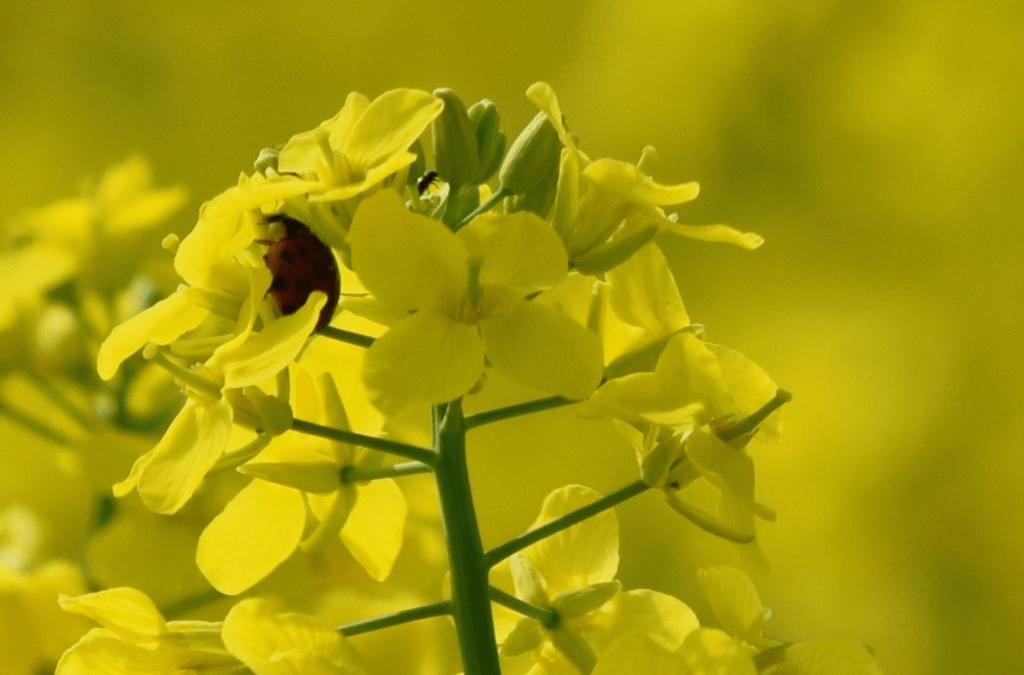
Maximizing Potential and Contribution to Agriculture
The crop with yellow flowers has a wide range of uses, from food production to medicinal purposes. Farmers can utilize it for animal feed, biofuel production, and soil improvement. Its vibrant yellow flowers also make it an attractive addition to gardens and landscapes.
By understanding the versatility of this crop, farmers can make informed decisions on how to integrate it into their agricultural practices for maximum benefit. It’s important to stay informed and open-minded about the potential of this crop in order to contribute to sustainable and efficient agricultural practices.
Benefits and Uses of the Crop with Yellow Flowers
One of the primary benefits of the crop with yellow flowers is its ability to produce high-quality oil. This oil can be used for cooking, as a source of biofuel, and for various industrial purposes. Additionally, the crop can also be used as animal feed, providing a nutritious and sustainable source of food for livestock. Furthermore, the crop with yellow flowers can improve soil health and fertility, making it an essential component of crop rotation and sustainable farming practices.
Additional Advantages
Moreover, the crop with yellow flowers has medicinal properties and can be used in herbal remedies and traditional medicine. It also attracts beneficial insects and pollinators, making it a valuable addition to any agricultural ecosystem.
Whether you are a farmer looking to diversify your crops or simply interested in sustainable agriculture, the crop with yellow flowers is a versatile and beneficial plant with a wide range of uses and benefits. It is a valuable asset to any agricultural operation and can contribute to a more sustainable and environmentally friendly farming industry. This makes it an essential component of modern agriculture.
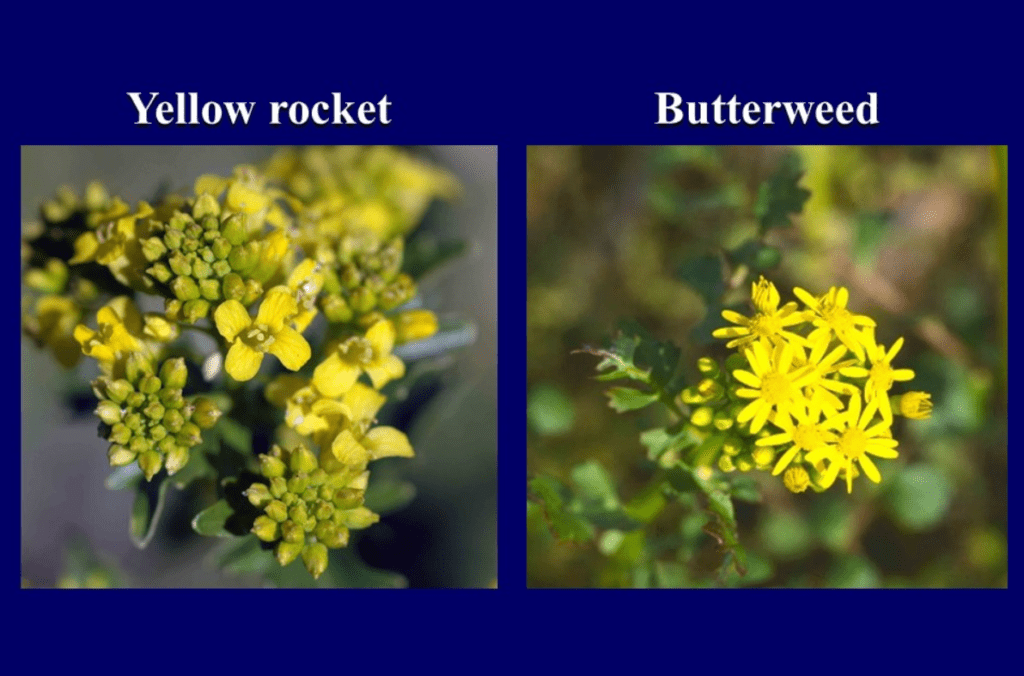
Maximizing the Potential of the Crop with Yellow Flowers
By understanding the benefits and uses of the crop with yellow flowers, farmers can make informed decisions about how to best utilize this valuable crop. Whether it’s optimizing crop rotation, maximizing oilseed production, or utilizing the crop for animal feed. Having a comprehensive understanding of the potential of this crop is crucial. Maximizing its benefits requires this knowledge.
Opportunities for Innovation
Additionally, for those interested in the agricultural industry, having knowledge of the uses and benefits of this crop can provide opportunities for innovation. It also offers sustainable solutions within the industry.
Versatility and Applications
It’s important to recognize the versatility of the crop with yellow flowers and how it can be utilized for various purposes. From its use in producing high-quality oil to its potential as a valuable animal feed, this crop offers a wide range of benefits. It provides significant advantages for farmers and the agricultural industry as a whole. By exploring the multiple uses of this crop, farmers can maximize their yield and profitability. They can also contribute to sustainable agricultural practices.
So, whether you’re a farmer looking to optimize your crop rotation or someone interested in the agricultural industry, understanding the benefits and uses of this crop is essential for success.
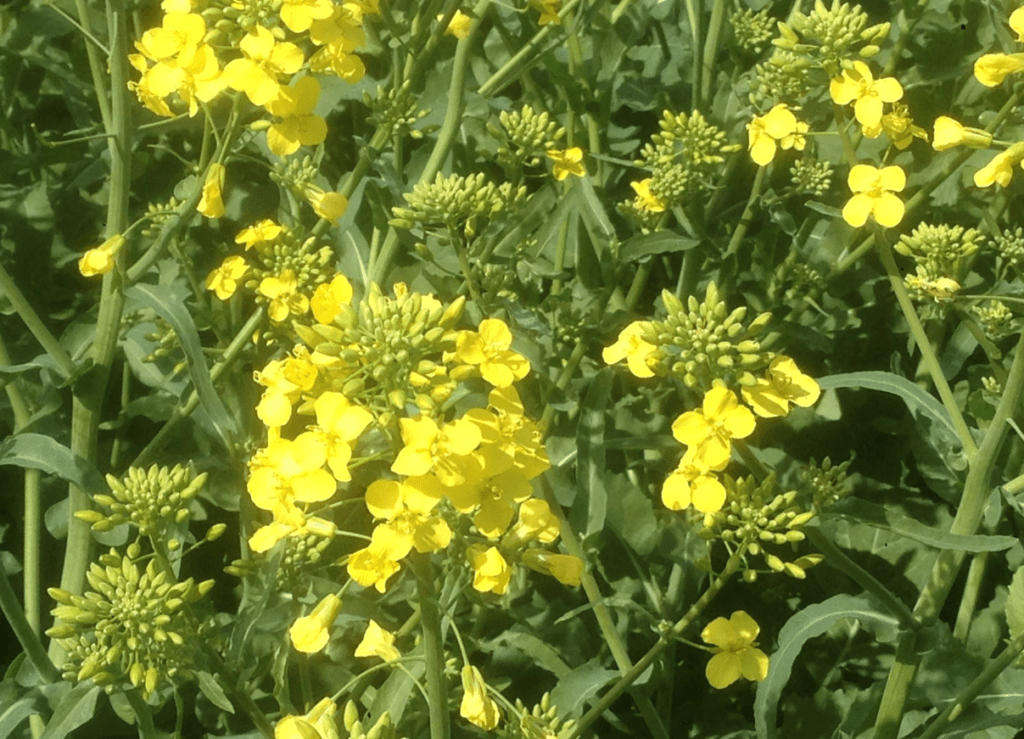
Nutritional and Health Benefits
The crop with yellow flowers also offers significant nutritional and health benefits. The oil produced from this crop is high in essential fatty acids, vitamins, and antioxidants, making it a valuable addition to a healthy diet. In addition, the crop can be used to produce high-protein meal for livestock, contributing to the production of nutritious and sustainable food sources.
Environmental Benefits
Furthermore, the crop with yellow flowers can play a role in promoting soil health and reducing the need for chemical fertilizers. This contributes to a healthier environment for all. Its deep root system can help improve soil structure and reduce erosion, making it an essential component of sustainable farming practices. Additionally, the crop can act as a natural pest and weed suppressor, reducing the need for chemical inputs and promoting a healthier ecosystem.
Contribution to Sustainable Farming
By incorporating this crop into agricultural practices, farmers can contribute to a more sustainable and environmentally-friendly future for agriculture. Ultimately, understanding and maximizing the potential of the crop with yellow flowers is essential for promoting soil health, fertility, and sustainable farming practices.
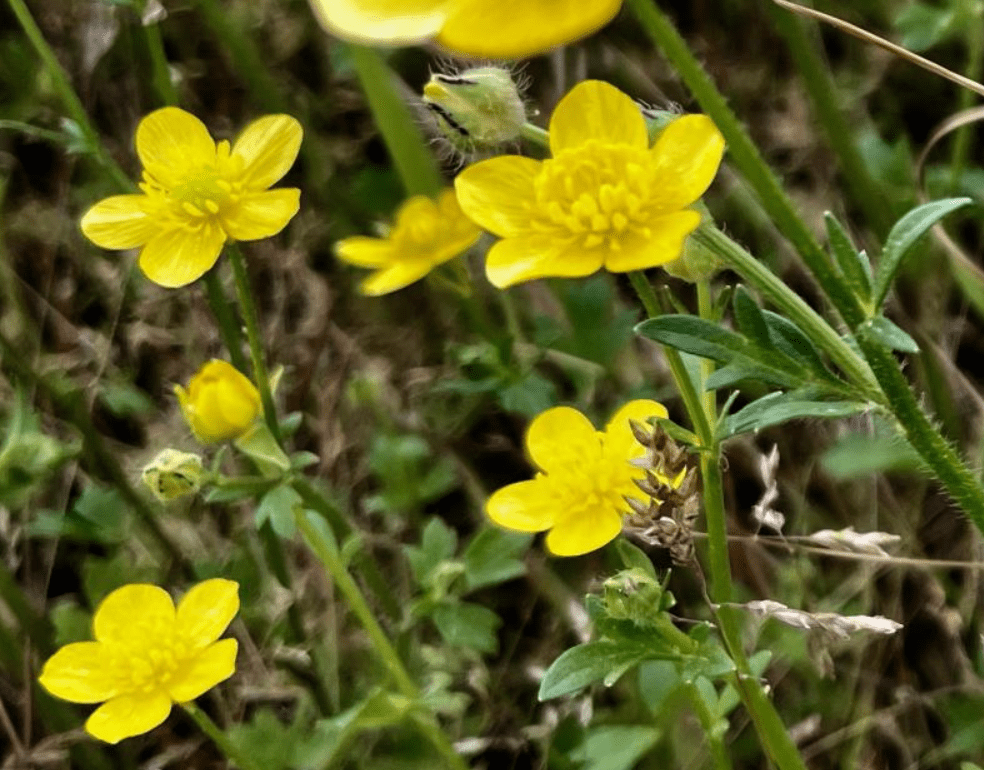
Industrial and Commercial Uses
The crop with yellow flowers has a wide range of industrial and commercial uses. This makes it an invaluable asset to any agricultural operation. Not only can it be used to produce high-protein meal for livestock, but it can also be utilized in the production of biofuels. It can also be used for biodegradable plastics.
It can even be used as a natural dye. Its versatility and potential for various applications make it a valuable commodity for businesses looking to expand into sustainable and eco-friendly products. This opens up numerous opportunities for innovation and growth. This positions it as a key asset in modern agriculture and industry.
Environmental and Operational Benefits
Furthermore, the crop’s ability to promote soil health and reduce the need for chemical fertilizers can greatly benefit industrial and commercial operations. This enhances sustainability and efficiency in various sectors. By incorporating this crop into their supply chain, businesses can not only reduce their environmental impact but also promote a healthier and more sustainable approach to production.
Embracing Sustainable Innovation
Incorporating the crop with yellow flowers into industrial and commercial operations is not only beneficial for the environment but also opens up a world of possibilities for sustainable and innovative products. By embracing the potential of this versatile crop, businesses can take a step towards a more sustainable and environmentally-friendly future. The opportunities are endless, and the benefits are undeniable. It’s time for businesses to harness the power of this crop and drive positive change. This can transform the agricultural and industrial sectors.

Agricultural and Environmental Impact
The agricultural and environmental impact of incorporating this versatile crop with yellow flowers into industrial and commercial operations cannot be overstated. By promoting soil health, reducing the need for chemical fertilizers, and providing a sustainable and eco-friendly alternative for products, businesses can make a significant positive impact. This contributes greatly to the environment.
Versatility and Applications
The versatility of this crop means that businesses have the opportunity to explore a wide range of applications. This includes sustainable packaging and bio-based materials. It can even be used in renewable energy sources. By embracing this crop, businesses can reduce their environmental footprint. They can also contribute to a healthier and more sustainable approach to production.
Leading Sustainable Practices
Furthermore, by incorporating this crop into their supply chain, businesses can lead the way in promoting sustainable practices. They can also drive positive change in the agricultural and industrial sectors. It’s time for businesses to recognize the potential of this crop and take the necessary steps towards a greener, more sustainable future. The benefits are undeniable, and the impact can be truly transformative. Let’s harness the power of this versatile crop and make a real difference for our planet.
Cultivation and Harvesting Techniques
When it comes to cultivation and harvesting techniques, it’s essential for businesses to prioritize sustainable and environmentally friendly practices. By implementing methods such as no-till farming, cover cropping, and crop rotation, businesses can improve soil health, reduce erosion, and minimize the need for chemical inputs. Additionally, embracing precision agriculture techniques can help optimize resource use and minimize waste. Furthermore, when it comes to harvesting, businesses should prioritize efficient and low-impact methods. This helps minimize disruption to the land and surrounding ecosystems.
The Importance of Sustainable Practices
By prioritizing sustainable cultivation and harvesting techniques, businesses can not only reduce their environmental impact. They can also improve the long-term viability of their operations. It’s time to embrace sustainable practices from the ground up and lead the way towards a more ecologically responsible future.
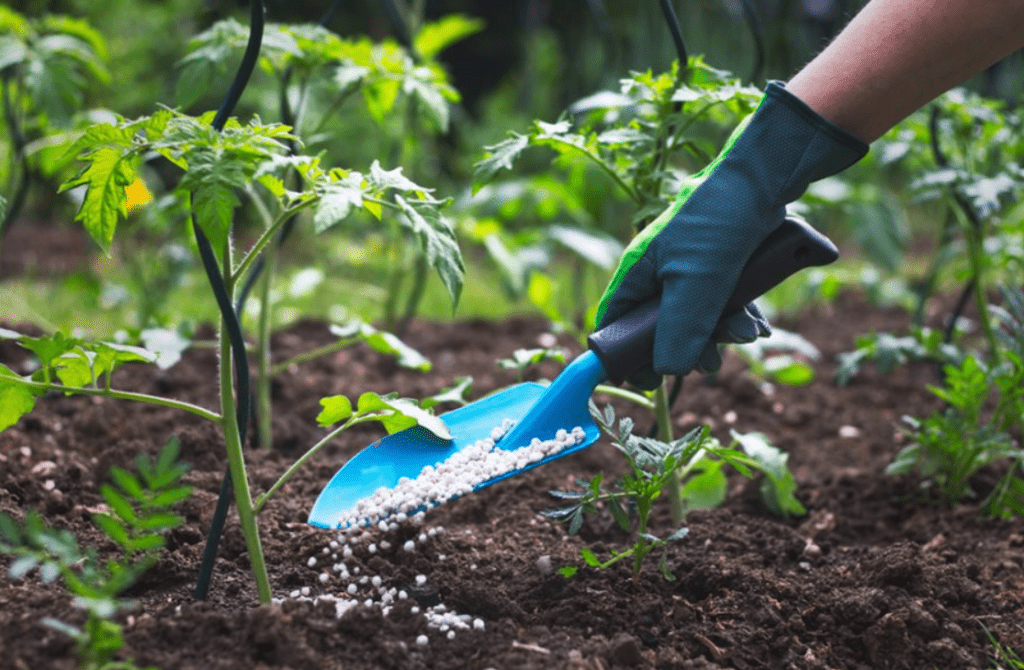
Call to Action
Ladies and gentlemen, the time for change is now. The benefits of harnessing the power of versatile crops are undeniable. The impact on our planet can be truly transformative. It is crucial for businesses to prioritize sustainable and environmentally friendly cultivation and harvesting techniques.
By implementing methods such as no-till farming, cover cropping, and crop rotation, businesses can improve soil health, reduce erosion. They can also minimize the need for chemical inputs. Embracing precision agriculture techniques can help optimize resource use and minimize waste. This leads to a more efficient and eco-friendly operation. Furthermore, efficient and low-impact harvesting methods should be prioritized to minimize disruption to the land and surrounding ecosystems.
By prioritizing sustainable cultivation and harvesting techniques, businesses can not only reduce their environmental impact. They can also improve the long-term viability of their operations. Let’s work together to embrace sustainable practices from the ground up. We can lead the way towards a more ecologically responsible future. The time for change is now, and together we can make a real difference for our planet.
Case Studies and Success Stories
Let’s take a look at some inspiring case studies and success stories of businesses that have harnessed the power of this versatile crop. These stories showcase its potential and impact. These examples highlight the innovative ways this crop can make an impact. These examples showcase the impactful benefits and innovative applications of this crop.
They have made a real difference for our planet. By integrating sustainable cultivation and harvesting techniques, businesses have not only reduced their environmental impact. They have also improved their bottom line. From reducing water and chemical use to improving soil health and biodiversity, these success stories demonstrate the tangible benefits.
The Path Forward
Prioritizing sustainability in agricultural practices is key. By learning from these examples, we can see that it is possible to achieve both environmental and economic success by harnessing the power of this versatile crop. Let’s follow in their footsteps and show the world what can be achieved. When we prioritize the health of our planet, the results are impactful.
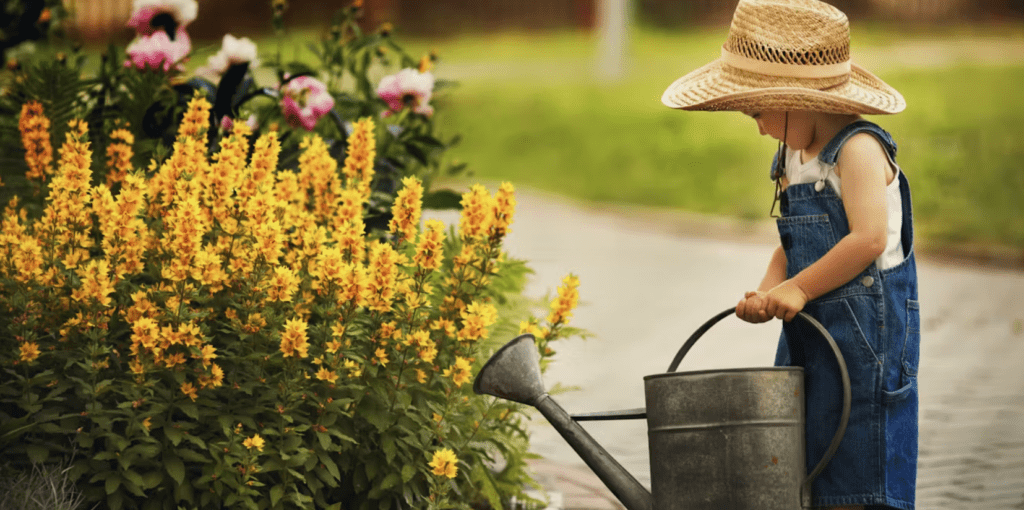
It’s time for businesses to prioritize sustainable cultivation and harvesting techniques. This is essential for the long-term health of our planet. By implementing efficient and low-impact methods, we can minimize disruption to the land and surrounding ecosystems.
The success stories of businesses that have embraced sustainable practices show that it is possible to reduce environmental impact. At the same time, they also improve their bottom line. Let’s learn from these examples and lead the way towards a more ecologically responsible future. It’s time to prioritize the health of our planet and show the world what can be achieved. This can be accomplished through sustainable agricultural practices.
Conclusion: The Future of the Crop with Yellow Flowers
In conclusion, the crop with yellow flowers has a wide range of benefits and uses, making it a valuable asset in the agricultural industry. From its medicinal properties to its use in making natural dyes, this crop offers a multitude of opportunities. It benefits both farmers and consumers alike. By understanding the potential of this crop and how it can be utilized, you can make informed decisions about its cultivation and use.
So, take the time to explore the possibilities and see how this crop with yellow flowers can benefit you and your business. Don’t miss out on the opportunity to tap into the potential of this versatile crop!
Call to Action
The success stories of businesses that have embraced sustainable practices prove that it is possible to reduce environmental impact. They also show how it is possible to improve their bottom line. It’s time for us to learn from these examples and lead the way towards a more ecologically responsible future.
By prioritizing the health of our planet and implementing sustainable agricultural practices, we can make a positive impact on the environment and show the world what can be achieved. It’s time to take action and make a difference. Let’s work together to create a more sustainable and eco-friendly future for generations to come. The future of agriculture lies in sustainable practices, and it’s up to us to pave the way. Let’s make it happen!
Frequently Asked Question (FAQ)
The crop with yellow flowers is a plant known for its vibrant yellow blooms and multiple applications. It is valued in agriculture for its ability to improve soil health, reduce chemical use, and support sustainable practices.
- Soil Health: Improves soil fertility and structure.
- Reduced Chemical Use: Lessens the need for synthetic fertilizers.
- Versatility: Useful for producing biofuels, biodegradable plastics, and high-protein animal feed.
- Environmental Impact: Supports eco-friendly and sustainable agricultural practices.
The crop contributes to sustainable agriculture by:
- Enhancing soil health and reducing erosion.
- Minimizing reliance on chemical inputs.
- Integrating well into crop rotation and cover cropping systems.
Yes, the crop can be processed to create biofuels, providing a renewable energy source and helping reduce dependency on fossil fuels.
The crop is used in various industries for:
- Biodegradable Plastics: Producing eco-friendly packaging and materials.
- High-Protein Meals: Providing feed for livestock.
- Natural Dyes: Creating environmentally safe dyes for various products.
Yes, several businesses have successfully utilized the crop for sustainable packaging, bio-based materials, and innovative agricultural practices. These case studies demonstrate its versatility and positive environmental impact.
To incorporate this crop, research its specific growing requirements and benefits. Implement sustainable practices such as crop rotation and consult with agricultural experts to optimize its use and integration.
Best practices include:
- Using efficient and low-impact harvesting methods.
- Minimizing soil disturbance and protecting surrounding ecosystems.
- Implementing practices that maintain soil health and reduce environmental disruption.
